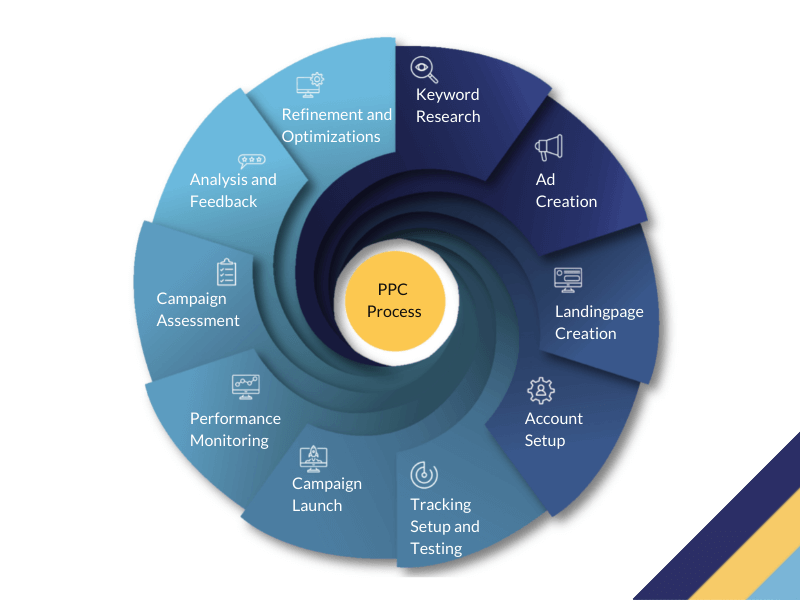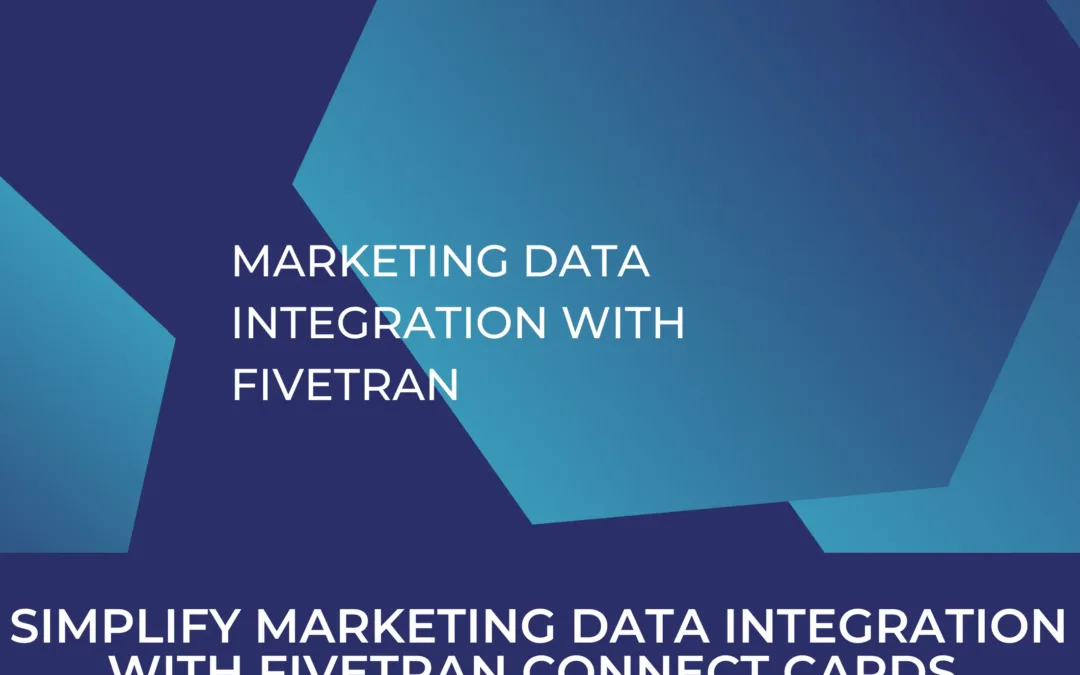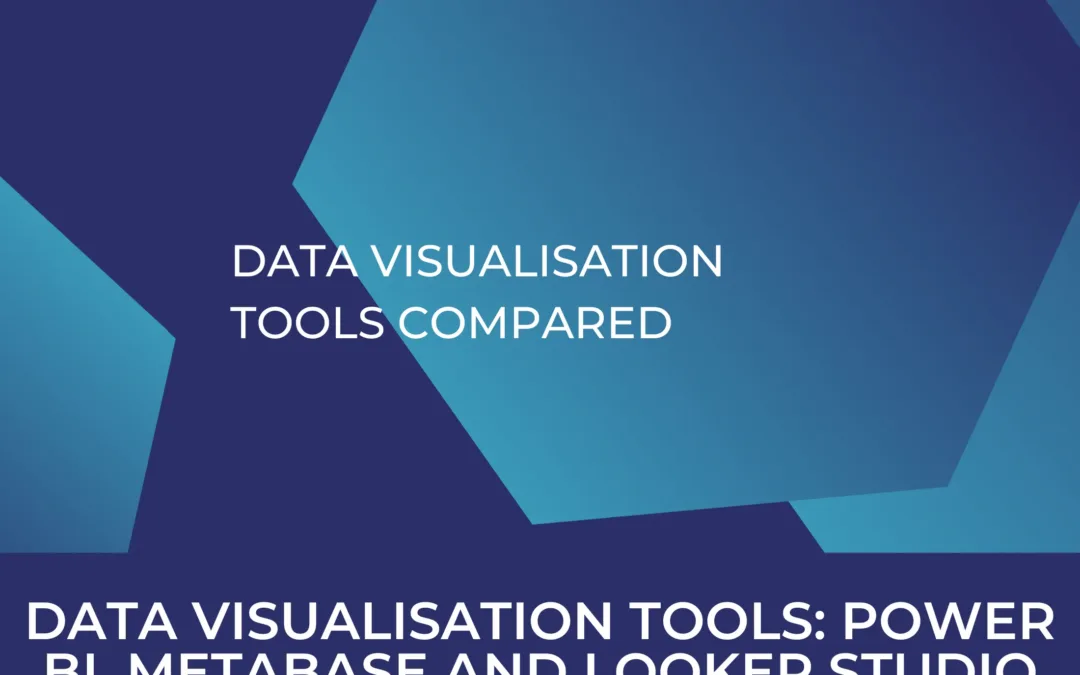Pay-per-click: The perfect billing method for converting landing
It would be wrong to say that print marketing using flyers, brochures or catalogs is dead – it’s not at all. However, modern and dynamic channels on the Internet provide excellent company for it to say the least. It’s not a competition of marketing methods, since different industries and their products are better suited for classic marketing, while others are made for online marketing with transparent billing methods like pay-per-click. A capable marketing manager knows this anyway, though.
A short introduction to paid marketing
Online marketing differs from classic, mass media marketing in one essential aspect. While flyers and advertisements can be distributed widely and can hardly be targeted, let alone personalized, online marketing combines all these advantages.
- Paid marketing allows targeting users directly to a desired landing page
- In paid marketing, ads can be adapted to the needs and interests of a target customer group
- With targeted marketing, advertisements reach a precisely defined target group – with a high relevancy
Dynamic marketing on the Internet is basically divided into two billing methods: Pay-per-view and pay-per-click. When using pay-per-view, you pay for the advertisement per impression generated. With pay-per-click, you only pay for those cases in which a potential customer clicks on the ad to find out more about your offer.
Advertisements on the Internet always refer to one or more landing pages, which ideally contain exactly what is promised in the ad. These web pages in turn are optimized to get visitors to convert – in other words, to make them purchase the advertised product or sign up for an email list, depending on what the goal of the landing page is.
Advantages of pay-per-click marketing (PPC)
Pay-per-click marketing offers precise control over the data available on the platform used. Social media, above all Facebook, keep plenty of information about its users. In addition to name, age, gender and place of residence are almost always known, information about hobbies, profession or the highest level of education is likewise commonly available. In this way, scatter losses can be largely avoided.
Thanks to this direct control, pay-per-click marketing can become an efficient part of a targeted marketing strategy. In principle, it can be used for all business models, in particular for the acquisition of cold traffic. Since costs only occur by someone actively clicking on the advertised link, it is also suitable for advertisements that have lower interaction rates (click-through rates).
The general guideline for online marketing is: Strong landing page but little experience with ad design speaks in favor of PPC. No ad will be perfect from day one, it will always improve through consistent optimization. Until your ad reaches its best shape, PPC can be used to measure performance with modest financial investment.
In any case, analyzing possibilities are given, and enable for the advertiser to evaluate the performance of both the ad and the landing page. Based on the proportion of clicks from the total number of impressions and the time spent on the landing page – in addition to response to the call-to-action – KPIs (Key Performance Indicators) can be calculated, which make it possible to pinpoint where there might still be room for improvements.
What are the disadvantages of PPC marketing?
There are also some disadvantages with PPC marketing, which is why it should only ever be used as part of a holistic marketing strategy. Those who rely exclusively on PPC marketing expose their marketing success to unnecessary risks. However, the disadvantages apply to paid marketing in general and therefore apply to PPC, PPV and also other billing methods.
One of the biggest disadvantages are fluctuating marketing results and variable costs. Popular keywords can increase in price in short-term if there are many advertisers bidding on them. As a result, a company’s advertisements may no longer be played out and therefore may not receive any clicks. In addition, “ad blindness” is increasingly becoming the downfall of many advertisers. It describes the fact that users often pay less attention to ads than to organic articles. In Google search results, for example, only around 7.0% of all searchers visit ads.
Sustainability is another important aspect. Compared to search engine optimization, PPC marketing has a significant disadvantage: ads are only displayed temporarily. That is, only as long as the advertiser’s budget lasts. However, those who do not rely exclusively on PPC marketing, but use it as a supplement to their existing marketing mix, will find that the advantages of this marketing method outweigh the disadvantages.
How does PPC work?
In the most basic case, you have a price list that defines when an ad is displayed and what price you have to pay for a visitor to click on it. Google Ads and Facebook Ads, as well as Microsoft Advertising (formerly Bing Ads) are the most important players. With Google Ads, there is usually a large pool of advertisers competing with each other. When placing an order, advertisers specify keywords for their ads. If a user enters these keywords as a search query on the search engine, a matching ad is automatically shown on the results page.
First positions are played out according to a bidding process. A small auction for each ad starts, and the highest bidding advertiser wins.
The popularity of the keyword to which you want the ad to respond is set against the maximum amount that the advertiser wants to spend. If the advertisement has been in place for a while, then a so-called ‘Quality Score’ will be assigned to it, which also contributes to the frequency of its insertion. Hence, you must not dwell on a mediocre ad for too long, or you will lose your chances of being played out at all.
You also need to think in detail about the keywords you are looking for. Your keyword should precisely match your offer. If you use a common keyword, you will be competing with many other advertisers for the same term. A ‘niche keyword’ on the other hand may be tailored exclusively for your product, but is used much less often as a search term. The perfect balance of exclusivity and keyword strength is a science for which there is no universal guideline. If you require professional support in this regard, please feel free to contact us at any time. We can narrow down the circle of optimal keywords as part of an overall concept.
In any case, you should adjust your advertising budget to the expected costs per-click. Only with a sufficient financial buffer can you ensure that your ad will be displayed without being interrupted. In addition, it is worth setting a maximum bid, as a huge rush among advertisers often causes bids for certain keywords to skyrocket.
What to look for in PPC
For a pay-per-click campaign to be successful, a few things are important to keep in mind. One of the most fundamental is a precise targeting of your customer segment. This involves determining as precisely as possible which customers will bring in the most revenue and tailoring your ad specifically to that segment of customers. Search engines and social media allow you to specify from the start that only visitors matching this profile will get to see the ad.
Even though you only get charged for PPC when someone clicks on the ad, you should make it a goal to make the very first throw a success – even if this is rare in practice. Don’t give in to any temptation just to try and see which ad works best. Most of social media and search engines ‘penalize’ a poor quality ad so that it shows up less often, or is more expensive to pay per click.
Components of the PPC process

Recommendations
If available, try to use the ‘Lookalike’ function. In doing so, you take existing customers as a guide. This means that a marketing platofrm such as Facebook or LinkedIn will create a new audience with their member profiles as close to that of your existing reference customer as possible.
With a split test (often referred to as an A/B test), you can specifically improve the quality of your ads. In doing so, you set two different ads for the same product with otherwise identical basic variables. Based on the different performance, you can draw conclusions about the ideal customer approach and the ideal design.
Analyze the frequency of your ad’s placement. For example, if it is rarely displayed or not displayed at all, there may be several reasons for it: Having a poor Quality Score, a too low bid, or you might be trying to sell in a highly competitive market.
Paid advertising is not an isolated approach
PPC as well as other online advertising measures are not the only way to bring visitors to your landing page. However, they are an elementary part of a modern marketing strategy and should therefore not be neglected under any circumstances.
The structure of the landing page plays a particularly important role in the success of your campaign. Ideally, no visitor leaves the landing page without having performed an action. This can be buying your product, for example, or signing up for a newsletter. In further e-mail campaigns, the acquired newsletter subscribers are then provided with content that, in the ideal case, encourages them to make a conversion.
In this way, a user who has searched for something via a search engine or who visited his profile on Facebook without any intention of buying is step by step brought closer to a purchase decision – and paid advertising plays an important role in this journey.
If you’ re going to do PPC, do it right!
Consistently work on the quality of your campaign, and you will be able to see better conversion rates and increasing sales soon. Don’t leave success to chance, instead talk to us about your plans. We will provide you with support on individual aspects of your marketing campaign, or handle the complete campaign management. This way, your online marketing will also be a success!




